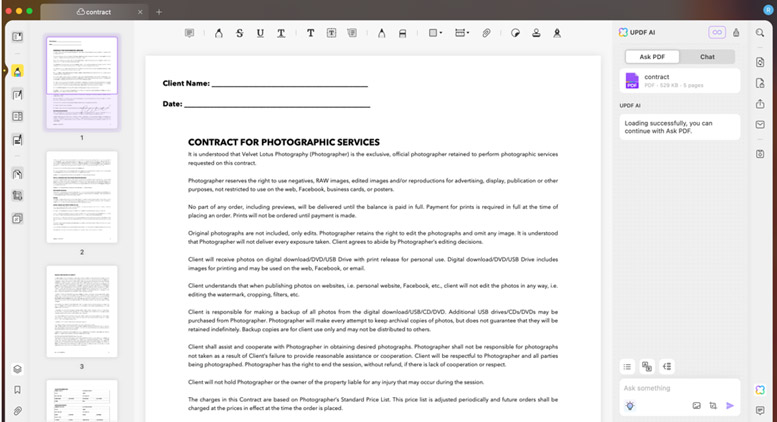New e-mail worm exploits SARS anxiety
Antivirus companies consider ‘Coronex’ a low threat
In the latest example of computer virus writers capitalizing on current events, a new e-mail worm uses fears about SARS (Severe Acute Respiratory Syndrome) to entice users into opening a file attachment, infecting host machines and helping spread the virus to other machines on the Internet.
The worm, W32/Coronex-A (Coronex), is a mass-mailer worm that uses Microsoft Outlook e-mail application to send copies of itself to unsuspecting recipients, according to an alert from antivirus company Sophos.
Coronex arrives as an attachment in e-mail messages that carry a variety of subject lines and messages relating to the deadly new respiratory illness that has turned up in Asia, North America, and Europe. Greetings such as “SARS Virus,” “I need your help,” and “deaths virus,” accompany messages containing the virus, according to antivirus software company Symantec.
Attachments containing the virus with names like “sars.exe,” “Hongkong.exe,” and “deaths.exe” also play into media reports of the illness, which is concentrated in Asia, Sophos said.
When opened, the attachment launches the virus, displaying a pop-up window with the message “corona virus.”
The Coronex virus modifies the Windows registry, adding an entry to ensure that it is launched whenever Windows starts, changing the start page for the Internet Explorer Web browser and deriving the location of the Windows Address book.
With the addresses in the Windows Address book, Coronex uses its own built-in SMTP (Simple Mail Transfer Protocol) engine to send copies of itself to the addresses. Sender addresses for those e-mail messages include [email protected], [email protected] and [email protected], Symantec said.
Coronex is just the latest in a string of worms and viruses that use widespread interest in current events or celebrities as a subtle enticement to open infected attachments that e-mail recipients would otherwise be wary of, according to Chris Belthoff, senior product marketing manager at Sophos in the U.S.
In March, the Ganda e-mail worm played on the pending war in Iraq to get users to open attachments that, it was claimed, contained spy photographs or pro-U.S. patriotic images
Researchers at Sophos’ virus labs in the U.K. identified the new worm Wednesday morning. So far, however, there have been no reports of infections from Coronex among Sophos’ customers, Belthoff said.
Sophos, Symantec and McAfee all rated Coronex as a low threat and offered update virus definitions to detect the new worm.
Despite the psychological enticements and so-called “social engineering” used by Coronex’s author, the chances of the new worm spreading are low, especially because it relies on human interaction to spread itself, Belthoff said.
A bigger threat might come from potential confusion between news reports of the new computer virus and the biological virus that is currently spreading worldwide, he said.
“It’s something to pay special attention to,” Belthoff said. “If the public sees information on the Web about the ‘SARS virus,’ meaning the Coronex computer virus, that could cause some people to panic or create a false sense of concern.”
Antivirus companies should be particularly careful to refer to the new computer virus by its proper name, ‘Coronex,’ rather than referring to it by its theme, the SARS virus, Belthoff said.




